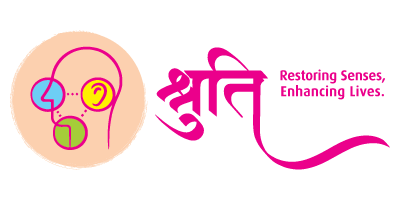Laryngoscopy
- Home
- Laryngoscopy

Expert ENT (Ear, Nose, & Throat ) Care with highly skilled and experienced Dr. Shruti Sharma, ENT Specialist in (Pedder Road and Tardeo) Mumbai.
What is Laryngoscopy and its Purpose
A laryngoscopy examines the larynx, voice box, and surrounding structures. It involves using a laryngoscope, a specialized tool that enables medical professionals to see the larynx. Laryngoscopy is primarily used to evaluate the vocal cords' health and identify abnormalities or conditions affecting the larynx.
Laryngoscopy Types
Laryngoscopy comes in two main varieties:
- Direct Laryngoscopy:The larynx can be seen thanks to direct laryngoscopy, which involves inserting a laryngoscope into the patient's throat. General anesthesia is typically used for the procedure.
- Indirect Laryngoscopy:Utilizing a small mirror held at the back of the patient's throat, an indirect laryngoscopy is performed using non-invasive methods. The larynx can be inspected without direct contact because the mirror reflects its image.
Importance of Laryngoscopy in Diagnosis
Detecting Vocal Cord Abnormalities
Laryngoscopy plays a crucial role in identifying vocal cord abnormalities. Conditions such as vocal cord nodules, polyps, and cysts can affect voice quality and may require medical intervention. Through laryngoscopy, doctors can accurately visualize these abnormalities and determine the most appropriate treatment plan.
Diagnosing Laryngeal Conditions
Laryngeal conditions like laryngitis, laryngeal cancer, and vocal cord paralysis can significantly impact the quality of life. Laryngoscopy enables medical professionals to thoroughly examine the larynx, facilitating precise diagnoses and efficient treatment plans for these conditions.
Identifying Tumors and Lesions
Laryngeal tumors and lesions can have serious implications on a patient's health. Laryngoscopy allows doctors to detect these growths early, enabling timely intervention and reducing the risk of complications. Early detection greatly improves the chances of successful treatment outcomes.

